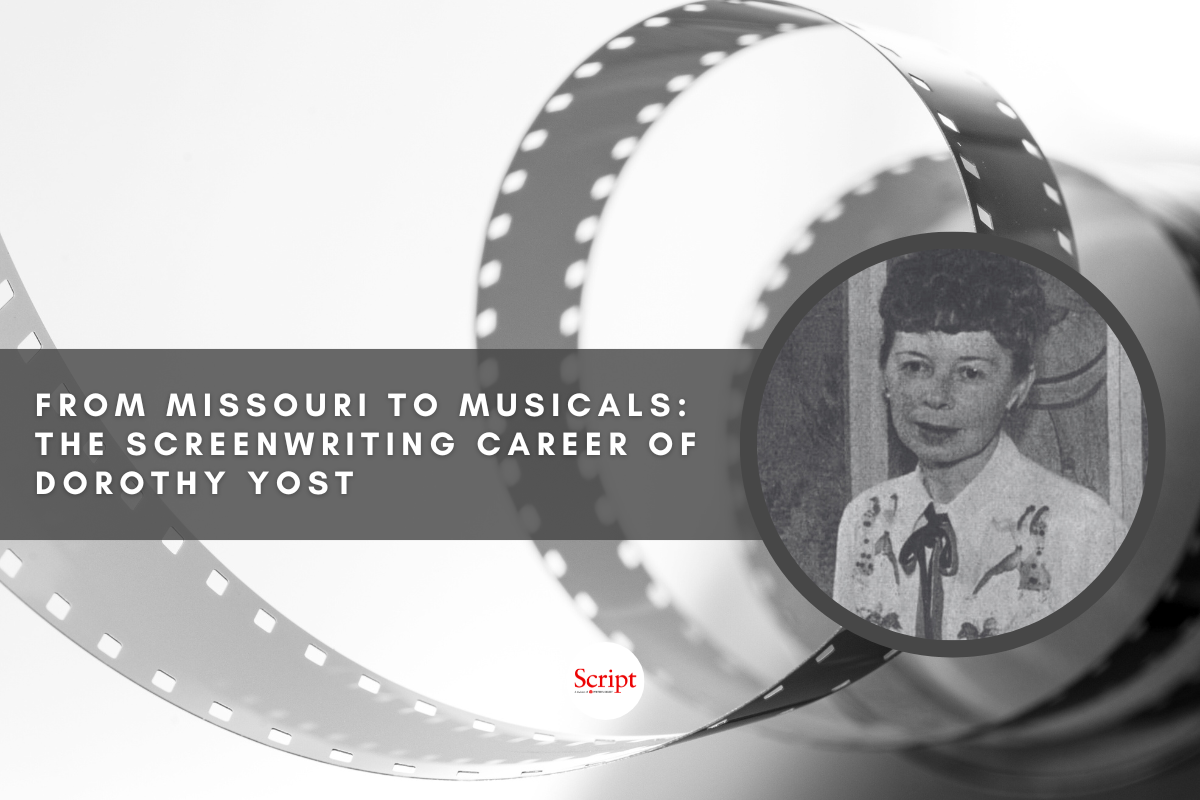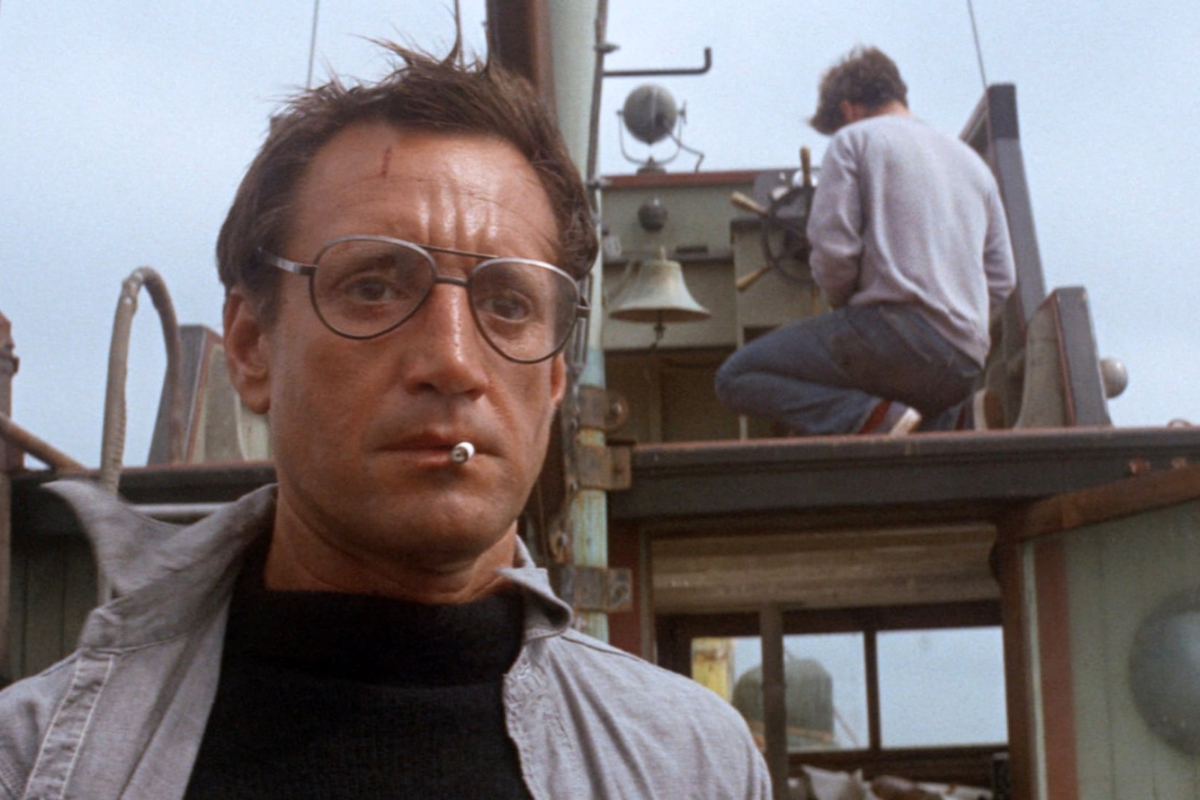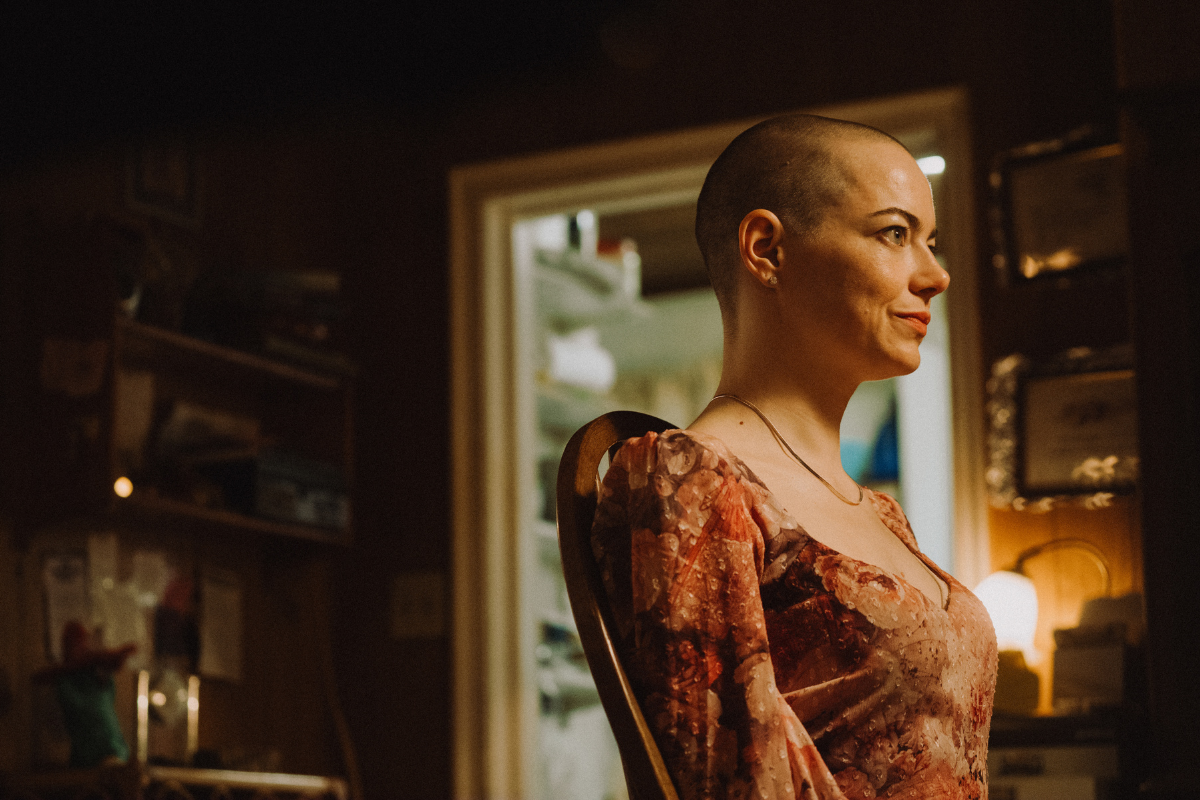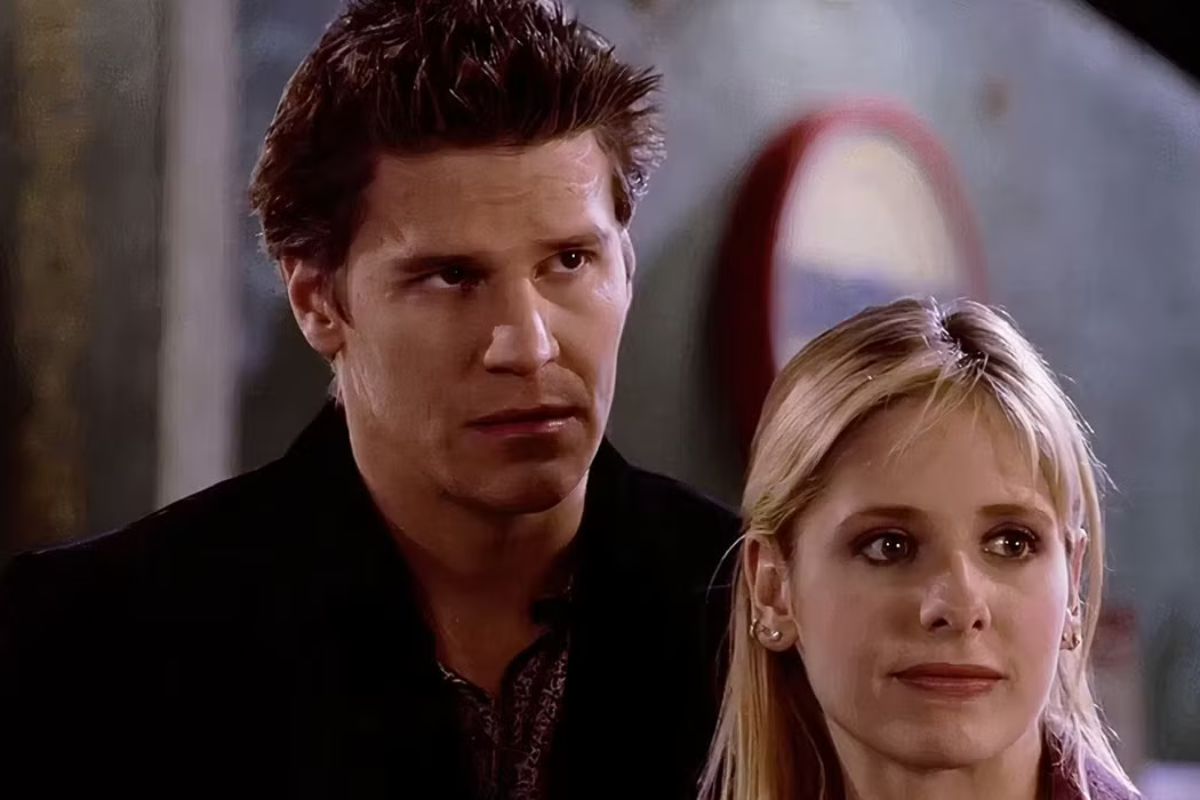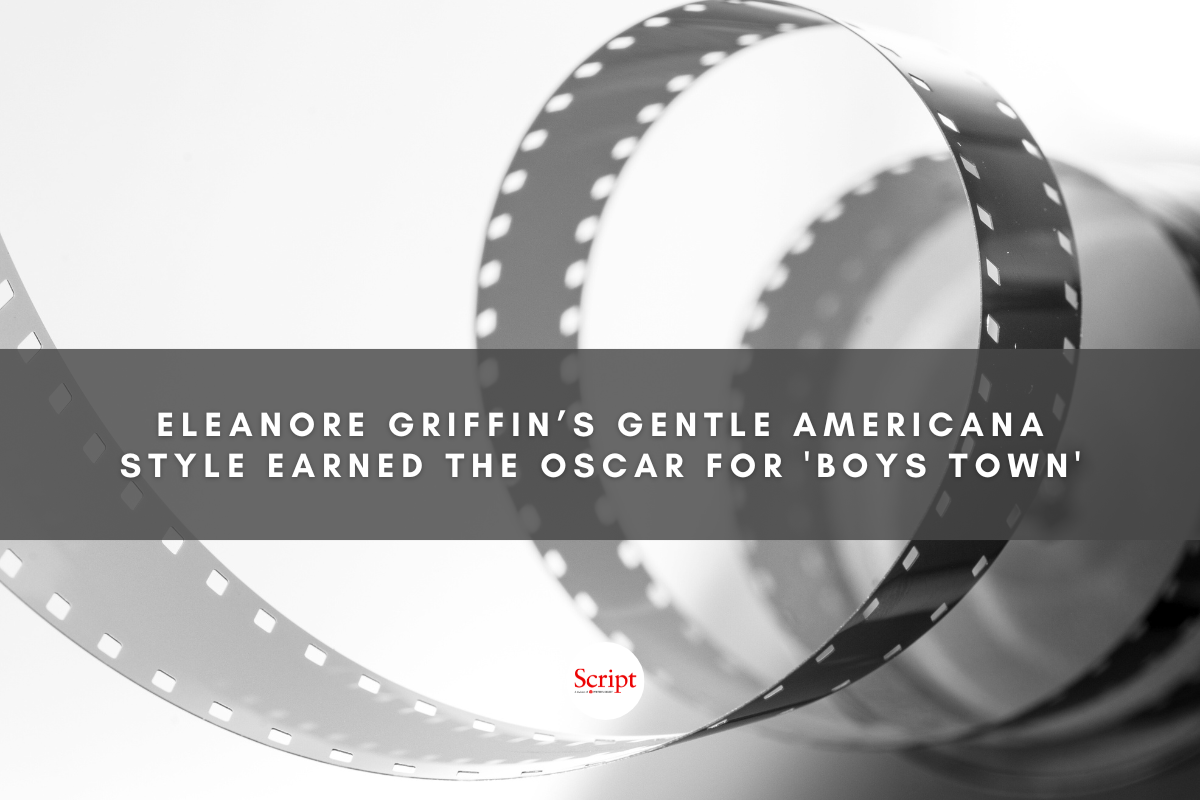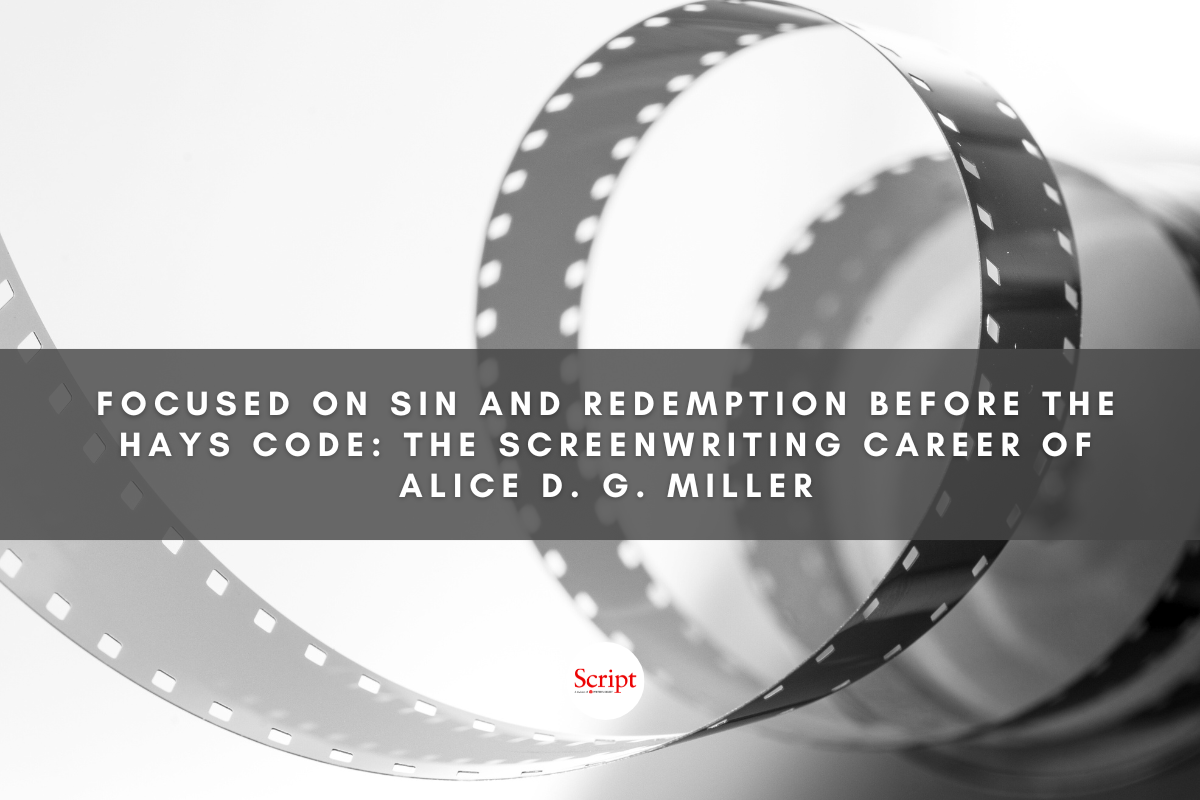The Shows That Shaped Us: Structure & Style in Comedies Celebrating Their 25th Anniversary This Year
Why “Gilmore Girls,” “Coupling,” and “Malcolm in the Middle” will stay with us forever.
The year 2000 introduced us to several comedies that despite the years, still come up from time to time in the social consciousness. Gilmore Girls even had a one season revival on Netflix in 2016. And since the original debuted before streaming was really a thing, the new binge-friendly platform was perfect for this extremely bingeable show created by Amy Sherman-Palladino.
And have you heard? Malcolm in the Middle is getting a four-episode revival too, now. I appreciate the structure of both these reboots: Gilmore Girls’ a-season-in-the-life, and Malcolm’s situational season arc. They’re purposeful. We know how long we’re going to be here for, commiserating with our old friends, before we return to real life.
Isn’t that one of the best parts of comedy? Whether it’s slapstick or satirical, humor breaks down boundaries and barriers. It can also be a very cathartic thing. I don’t know about you, but the more nervous I get, the more I laugh. Not a great combo in professional settings, but then again … humor connects us, offering up a viewpoint to discuss, analyze, bond over. It’s often created through insights disguised as jokes that may get us thinking long after the TV’s powered down.
It’s also, sometimes, a great distraction. “Easy listening,” if you will, especially if we’ve seen it before. How often have you re-watched a comedy series? Binged it in the background, where it creates a sense of comfort in its familiarity. We know how it ends. In a comedy, usually well, which is a bonus these days. Since lock-down five years ago, it feels like we’re on a never-ending hamster wheel of shock and awe. Having a solid comedy to come home to, one where we don’t have to think much and there isn’t any stressful anticipation, offers stability that can do wonders for calming the nervous system.
Now isn’t that a great case for re-watching your favorite show for the 10th time? Like:
Gilmore Girls
COURTESY OF THE WB/PHOTOFEST COURTESY OF THE WB/PHOTOFEST
Twenty-five years ago, we met fast-talking mother-daughter duo Lorelai and Rory Gilmore and quickly welcomed them into our lives for seven long seasons. They were sassy, had big dreams, and messy love lives. It was everything a fellow coffee-loving girl like me could want in a CW dramedy set in the adorable fictional town of Stars Hollow, Connecticut.
Back then, I could see myself in Rory. These days, I’m more Lorelai to be honest, wrestling my own kids into adulthood. But one thing the show proves is that cyclical family dysfunction exists, well, everywhere. Shows upon shows are structured around it—see Malcolm in the Middle, coming up—and there’s a reason. Most of us can relate in some way. The driving force of Gilmore Girls is the weekly dinner Lorelai and Rory must have with Lorelai’s parents, Emily and Richard, in exchange for their funding Rory’s education. As you can imagine, it’s not easy to be subjected to a weekly scrutiny of everything you’re doing wrong with your life. All Lorelai has to do, is pay back the loan to finally be free and stand on her own two feet, while forging a different kind of relationship with her daughter than she has with her own parents.
It's a simple enough plot engine, and within that simplicity offers the characters so many opportunities for growth. For plot to happen. Screenwriters take note.
Which might be why Gilmore Girls is often replicated, never replaced, with shows like Hart of Dixie, Ginny & Georgia, Sweet Magnolias, and so many more CW glory day and current streaming dramedies alike.
Then there’s:
Malcolm in the Middle
This single-cam (dysfunctional) family comedy also debuted in 2000, finding the punchline in the day-to-day challenges of raising children and being an average American family for seven seasons. (Ah just feel the nostalgia for the 2000s when television had time to grow and evolve!) Episodic in structure, Malcolm in the Middle’s contained storylines usually revolved around child prodigy Malcom, though as the series matured so did the character development for the rest of the Wilkersons.
Intrinsic to its episodic nature, plot takes the driver’s seat in Malcolm with a fully realized beginning, middle, and end. Occasionally, episodes would offer up a mystery to be solved. But it was usually wrapped up nicely in a bow by the end of the episode—perfect for one-off rewatches and background binging culture.
Where Malcolm in the Middle stands apart from its sitcom siblings of the time is Malcom’s narration and the times he speaks directly to the camera, seemingly breaking the fourth wall. It puts an emotional spin on the comedic storyline that underscores the point we’re supposed to be getting from it all. Good trick, when used sparingly for comedic effect.
Dare I thus say that creator Linwood Boomer’s Malcolm paved the way for all those fantastic comedies Modern Family, The Middle, The Goldbergs, Arrested Development to come?
While across the pond, there was …
Coupling
For an entirely different kind of laugh, this British comedy from the great Steven Moffat (of Doctor Who and Sherlock fame) is a treasured relic of the early 2000s—for those who know about it. While its Friends-esque vibes are largely limited to the cast make-up and some of the relationships between them, it has a more “adult” feel than Thursday night Must-See TV.
Rooted in Moffat’s real-life relationship with producer with producer Sue Vertue, Coupling episodes examine one situation, but from the male and female perspectives often resulting in crossed-wires with comedy ensuing thusly. It used split screen and nonlinear narratives to really drive the point home during those crossed-wire moments, heighten the tension in others, or set-up a hilarious context. While it only ran for four series, Coupling remains a fantastic example of situational and relatable comedy.
Because that’s the thing about all three of these comedies. None of them really featured traditional jokes, it’s in the foibles and struggle of humanity that the humor emerged. Often to a laugh-out-loud extent. They were memorable for their style, as much as their substance. And we’re all the little bit more entertained for it.
Seeing her first big-screen movie 007: License to Kill at the age of six explains everything. Karin operates on the notion that we are, in fact, living in a galaxy far, far away and everyone deserves a Happily Ever After; writing scripts to support her theory that have landed her multiple Screencraft & Stage 32 finalist spots, an Austin Film Festival 2nd Rounder, and a Final Draft Big Break Top 3. This Copywriter by day is also a screenplay analyst and editing consultant, but her favorite cape to wear is that of Mom to her two children and feisty dog Loki.


